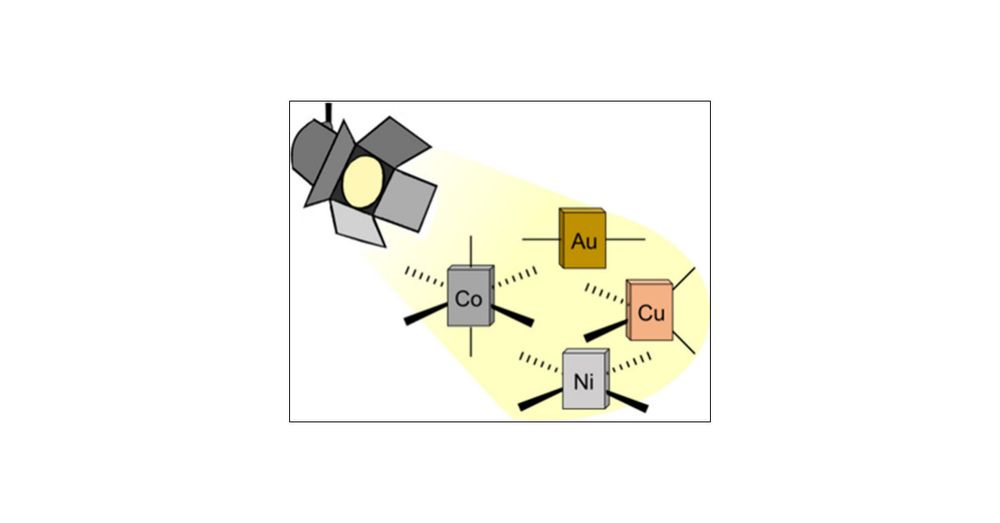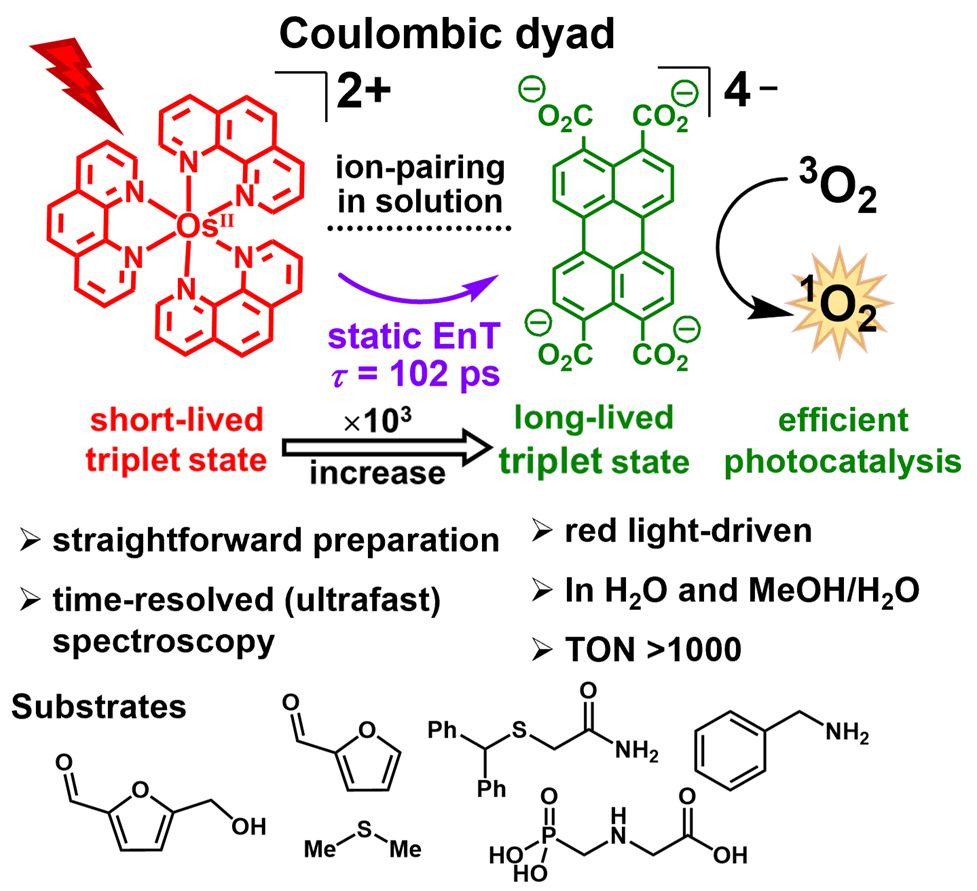
The next masterpiece from Matthias focusing on Coulombic dyads as new #photocatalyst class has been accepted in ACIE. Higher quantum yields in red-light catalysis by adding an inexpensive salt to use #Os as efficiently as possible. onlinelibrary.wiley.com/doi/10.1002/... @labheinze.bsky.social
24.06.2025 18:41 — 👍 21 🔁 9 💬 0 📌 0
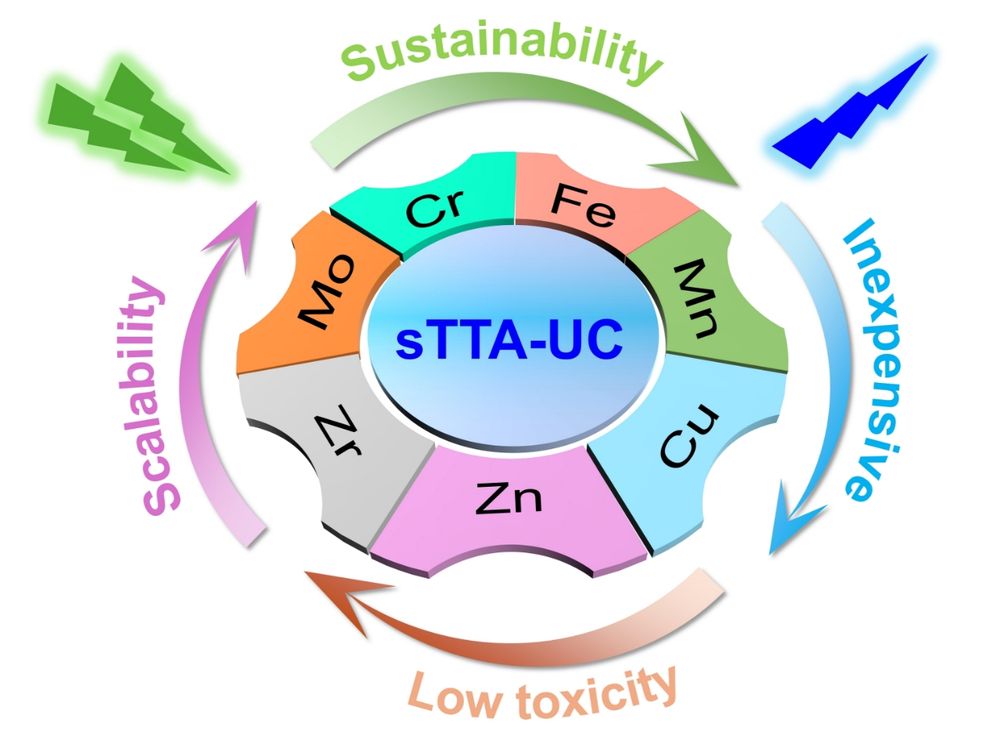
Our review article about "Photon upconversion sensitized by earth-abundant transition metal complexes", is now online!
pubs.rsc.org/en/content/a...
20.06.2025 13:44 — 👍 0 🔁 0 💬 0 📌 0
Happy to share that our Concept for designing luminescent chromium(III) dimers with ferromagnetic coupling is published on ChemPhotoChem, congrats to Dennis!
chemistry-europe.onlinelibrary.wiley.com/doi/10.1002/...
30.04.2025 06:47 — 👍 1 🔁 0 💬 0 📌 0
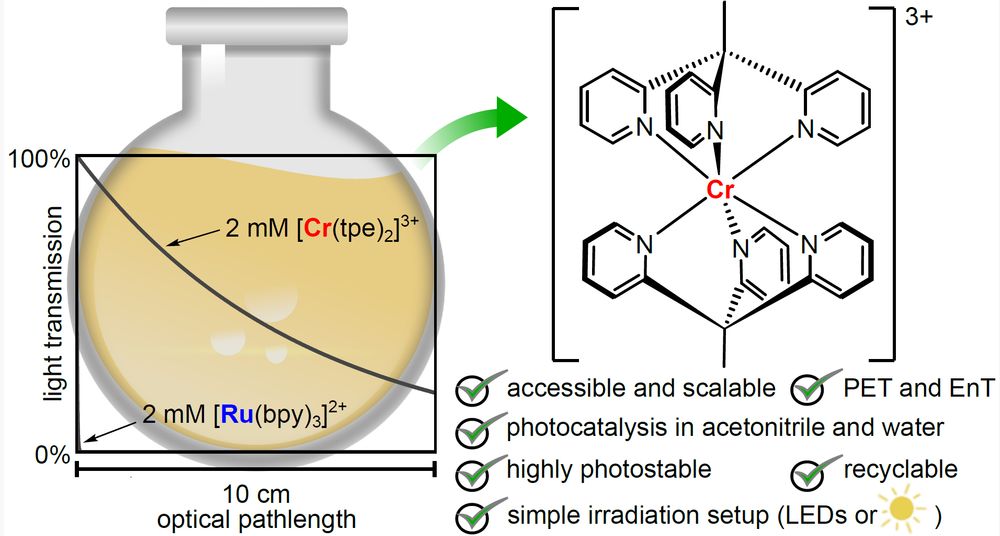
Can you #recyle your molecular #photocatalyst? Can you use #water in your #photocatalysis? Can you use #sunlight? Can undergrads prepare the photocatalyst on >12 g scale? Out now in Advanced Synthesis and Catalysis lmy.de/BgahY. Thanks to @dfg.de for funding.
10.04.2025 19:49 — 👍 12 🔁 2 💬 0 📌 0
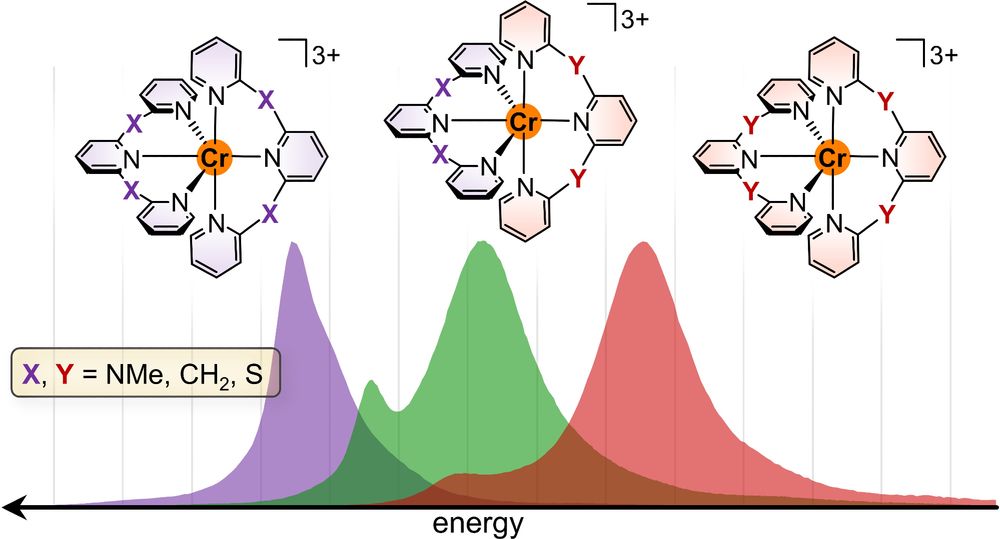
3 heteroleptic chromium(III) complexes and their NIR emission bands
Factorizing the Nephelauxetic Effect in Heteroleptic Molecular Rubies #chromium #spin_flip #NIR #photochemistry (doi.org/10.1021/acs.inorgchem.4c04167) funded by @dfgpublic.bsky.social including a new prep route to heteroleptic complexes. Thank you @bhkenlo.bsky.social for featuring our article.
02.12.2024 11:47 — 👍 7 🔁 2 💬 0 📌 0

Making Mo(0) a Competitive Alternative to Ir(III) in Phosphors and Photocatalysts
Just published in the Journal of the Americal Chemical Society
pubs.acs.org/doi/10.1021/...
23.01.2025 18:21 — 👍 53 🔁 8 💬 0 📌 1



